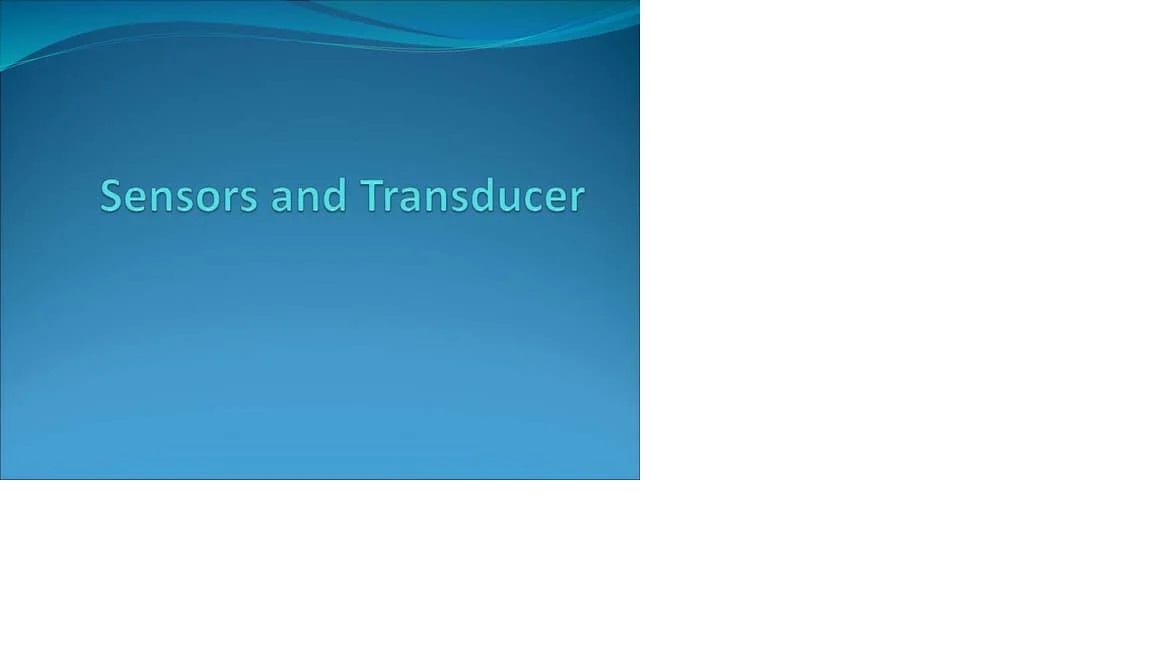
Course Number: 15
Contact Hours per Week: 4T
Number of Credits: 4
Number of Contact Hours: 64Hrs.
Course Evaluation: Internal – 20 Marks + External – 80 Marks
Course Outcomes:
The students will be able to
CO1 Explain resistance, inductance and capacitance transducers.
CO2 Perceive the concepts of temperature and pressure transducers
CO3 Perceive the concepts level transducers such as and flow transducers
CO4 Explain Electromagnetic transducers and radiation sensors
CO5 Explain force and torque transducers and sound transducers
Text Books:
1. D Patranabis, Sensors and Transducers, PHI, 2nd Edition.
2. Murthy D.V.S―Transducers and Instrumentation, 2nd Edition, Prentice Hall of India Private Limited,
New Delhi, 2010.
Reference Books:
1. E.A. Doebelin, Measurement Systems: Application and Design McGrawHill, NewYork
2. A.K. Sawhney- A course in Electrical & Electronic Measurement and Instrumentation, Dhanpat Rai and
Company Private Limited.
3. S.Renganathan―Transducer Engineering, Allied Publishers, 2005
- Teacher: Jilsa M V FACULTY

